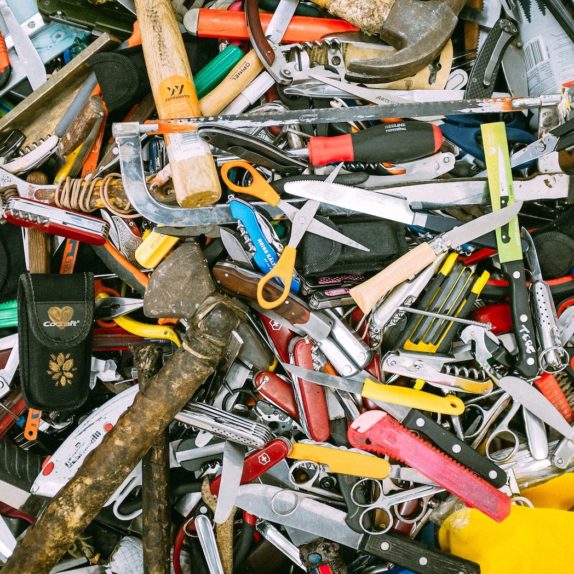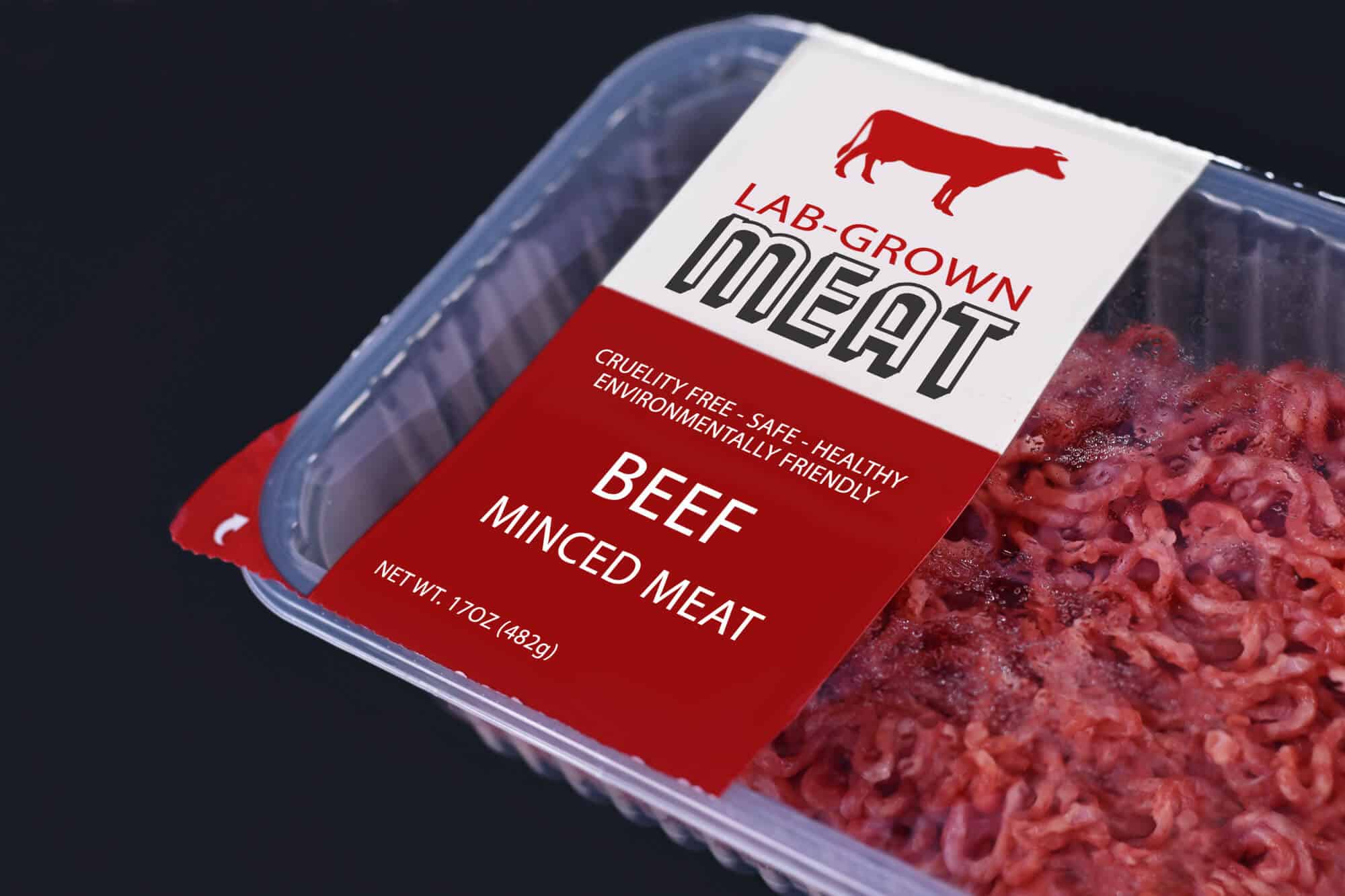Minimalism means very different things to different people. What someone living in downtown LA considers a minimalistic existence is probably very different from what someone who lives a nomadic life on the plains of Africa would consider minimalistic. What I want to talk about here is a type of minimal minimalism. The goal isn’t to get rid of all of your stuff or get down to only 100 possessions. Minimal minimalism is about recognizing that most things cost much more than simply their purchase price and very few things are actually “free” when all factors are considered.

When you upgrade your cell phone, there is a cost in time. You have to move your contacts over, learn the new features, and you also have to go down to the cell phone store to pick it up. The new phone may or may not be worth this cost in time. The idea of minimal minimalism isn’t to necessarily get rid of your phone, it is about recognizing that the stuff you own also owns you. When you buy something new, you are making a commitment in time to that item. In many cases, you are sacrificing a portion of your life to that item. You must make sure that the cost of the new item is worth the cost in both money and time.
What do you really need?
At least in the US, there tends to be a big overlap and blurred lines between our needs and our wants. I am amazed at how many people in low-income housing who are surviving off of welfare can afford cable television, new toys, and cell phones. You’d think that if you are unable to provide for yourself, you’d only be able to purchase the bare necessities of food, clothing, and shelter. Our idea of poverty in the US is well above what is considered rich in other parts of the world.
It is hard to decide exactly what is a need and what is a want. I don’t think people who are living off my tax dollars should be able to afford cable television, but I’m sure there are people out there who would argue that it is a basic right. I’m sure there are things that I consider basic needs that are really frivolous compared with the way other people survive.
Deciding what you need means deciding what type of lifestyle you want in order to support your other goals. For example, our ideal lifestyle involves having a lot of people at our house. In our previous house, it was rare that we didn’t have at least one other person living with us. It wasn’t too uncommon to have 5 to 15 people spending the night for a few days.
This type of hospitality is a core part of who we are. It is part of our lifestyle–part of who we want to be. We need things that help us support this lifestyle–not for basic survival, but because it is part of our values. We tend to buy things that help support these values. For example, we “need” more towels, beds, wash cloths, bathrooms and square footage than most people. The house we are living in now has five bedrooms. On one hand, that seems frivolous–who needs five bedrooms? On the other, it is a reflection of our values and what is important to us in life–not to just have a big house, but to be able to have people staying in our home.
What can you do without?
Deciding what you need is really about deciding what you can do without. When it comes to the concept of Minimal Minimalism this often means deciding what things are not cost effective. Let say you are looking at getting a swimming pool that you will enjoy swimming in for 3 hours per week but requires 5 hours of maintenance each week. Because it will cost you so much in time in addition to the purchase cost, that is probably something you can do without.
What is cost effective and important for you, may not be for someone else and vice versa. Having a piano in the house is very important to me. I play the piano and plan to teach my kids how to play. A good piano is not inexpensive; they take up quite a bit of space and are extremely inconvenient to move around. Still, it is worth it for our family, but that doesn’t mean a piano would make sense for someone else.
Books are another thing we’ve put a lot of time, money and space into. On the other hand, we don’t have a Wii, XBox or PS3. Playing games isn’t something that we have really invested in as valuable. Recently I found a computer game that the family can play together because I wanted my kids to get a little bit of experience in controlling objects in a 3D environment and some of the spatial reasoning that goes along with that. However, we probably only average 20 minutes a week or so playing it. I’m not putting down playing games; I’m just saying that for us personally, it hasn’t ever been an important part of our lifestyle.
Remember, it isn’t about just trying to get rid of stuff. Your focus needs to be on having the right things, but not wasting time, money, and space on things that aren’t right for you. It is all about understanding the true cost of every item and making sure that the benefits outweigh the cost.
Re-use and Longevity
It was many years before we purchased a brand new automobile. Most of the furniture in our house is not new to us. Our dining room table was something my grandfather made in a shop class and our kitchen table was something used by my great grandmother. There is a lot to be said for using things that already exist instead of buying something new. However, this comes with some interesting problems.
First, when you buy something used, it is often cheaper and this makes it harder to understand the full cost. If you are thinking of getting a piece of exercise equipment that normally sells for $2,000, but you can get it used for $500, it sounds like a great deal. However, the lower cost can make you underestimate how much time will be involved in picking it up and trying to move it into your house.
Second, if you are so focused on buying used, you can miss out on situations where used is more expensive. For example, when I was buying a riding lawnmower, I found a used one for about half the price of a new one. A few years later I realized that given the expected life of that mower and the number of hours on it, the cost per hour of usage was about the same as if I had bought it new.
Third, if you like to take care of your stuff, you may find yourself fixing something beyond when you should continue to be investing in it. We had a VW Passat that kept running for a long time by putting in additional repairs every year. I didn’t want to buy a new car because I knew I could keep the VW running. Finally, a wreck forced us to get another vehicle. After looking carefully at the prices of new vs. used low mileage, we found it was cheaper to purchase a new vehicle. Since we do a lot of long distance driving, the new vehicle provided significantly better peace of mind and dramatically increased our chances of reaching our destination without car trouble. In retrospect, we probably would have been better off to sell or trade in the VW much sooner.
Fourth, not everything is economical to repair. I really like the idea of getting a good pair of dress shoes and just having them repaired. But so far, the cost of resoling has always been high enough that I’ve been better off simply replacing the shoes.
Fifth, if much of your stuff has sentimental value, it can be much harder to get rid of when you don’t need it. I wonder how many families have those old sewing machines that belonged to a grandparent that no one is ever going to use and doesn’t even function very well as a piece of furniture taking up space in their house.
Reusing stuff, keeping it for a long time, and buying used things can all be good ways to stay simple, but you have to make sure you are being holistic in your approach. Otherwise, you can make poor decisions by focusing on one area without seeing the value and cost in context.
Getting Rid of Stuff You Don’t Need
For most people, this is a struggle. If you were raised to be frugal, it may be hard to get rid of stuff because you might need it in the future. I grew up on a farm. It is hard for me to get rid of old T-shirts because I’m always thinking that I may need one the next time we have to paint the barn, burn off the field, or do something else that tends to destroy clothing.
Here are a few strategies that have helped me.
- Switch between keep-what-you-need and remove-what-you-don’t. Taking everything out of your closet and only returning what you think you really need can be a good strategy, but sometimes it just doesn’t work very well because everything looks like something you need. If you find yourself in that situation, turn it around and take out the things that you are 98% sure you can do without. Switching around your approach can help you prioritize more clearly by evaluating things from the other direction.
- Fill a box with stuff you don’t need anymore. Alternatively set a goal for a number of things you are going to give away or recycle. Setting some goal of a quantity (either volume or number) of things to get rid of can be a lot easier than trying to decide “yes” or “no” on each item you own.
- If you are unsure, store it. If you have items that you think you can get rid of but aren’t sure, box them up and put them in your garage or a closet with a note saying to take the box to Salvation Army after a year. If you desperately need something in the next 12 months, it will be there. After that, it should be easier to get rid of because you’ve proven to yourself that you haven’t needed it for the last year.
- Practice one-in-two-out. When you are buying a new item, decide what two items it is going to replace. You can use whatever numbers make the most sense for you, but when bringing new things into your house means selecting some things that leave you will create a good habit to work your way down to less stuff.
Being the Owner vs. Being Owned
Our relationship with our stuff is complex. I’m not trying to convince you to give away everything just to keep your life simple or so you can say you are being minimalistic. Yet there is value in recognizing that our stuff comes at a cost and we need to be intentional about balancing the value that possessions bring to our lives with the cost of ownership.
Note: This article have been indexed to our site. We do not claim legitimacy, ownership or copyright of any of the content above. To see the article at original source Click Here












